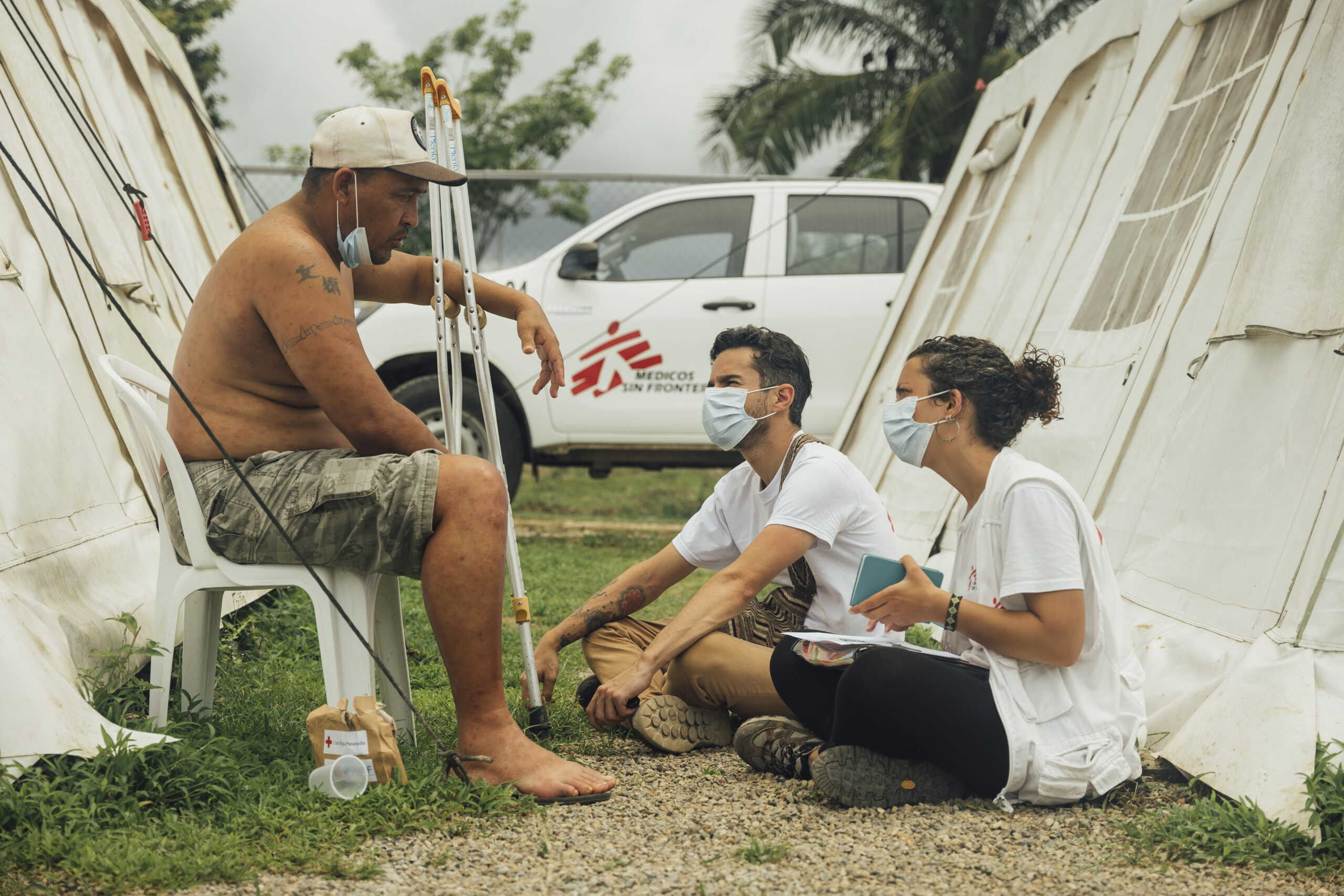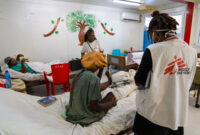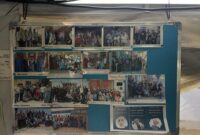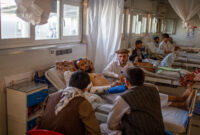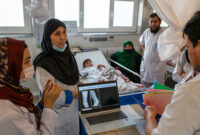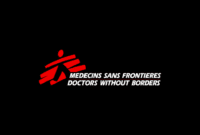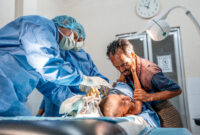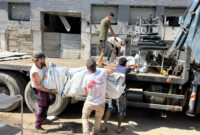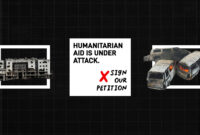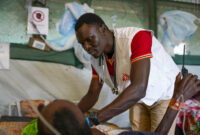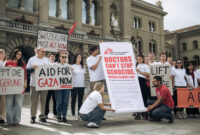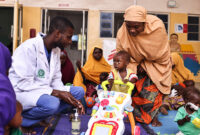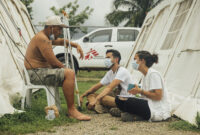Panama: “Most returning migrants had either been kidnapped or had witnessed violence”
MSF mental health coordinator in Panama Derly Sánchez explains the struggles faced by migrants in Central America.
I first visited Panama in 2022, at a time when the number of migrants crossing the Darién Gap was increasing significantly. I was working as a psychologist, providing mental healthcare to people who had emerged from the bordering jungle exhausted and deeply traumatized. In December 2024, I returned to Darién as the mental health activities coordinator. The situation was very different: the flow of migrants was low, with only about 100 to 150 people crossing the jungle daily, and this figure continued to decline.
We provided care in the indigenous community of Bajo Chiquito — the first place migrants reached after leaving the jungle — and at the Temporary Migration Reception Station (ETRM) in Lajas Blancas, until authorities closed the care points due to the small number of arrivals.
Several people had been threatened in their home countries because of their sexual orientation or political ideology. They lived in fear, despair and uncertainty about the future.
At the end of February, immigration authorities asked us for help with an critical situation at the San Vicente ETRM: an Iranian woman had attempted to take her own life. She had no way of communicating because the agents spoke neither English nor Farsi, and she had no access to her psychiatric medication. San Vicente primarily contained migrants from the Middle East and Africa who had been deported from the U.S. while their immigration status or final deportation was being determined.
We heard heartbreaking testimonies such as “If you leave me here any longer, I’m going to kill myself” and “Going back to my country means certain death.” Several people had been threatened in their home countries because of their sexual orientation or political ideology. They lived in fear, despair and uncertainty about the future. The situation also overwhelmed the immigration agents, who were deeply affected. We conducted mental health awareness sessions to prevent matters from deteriorating further.
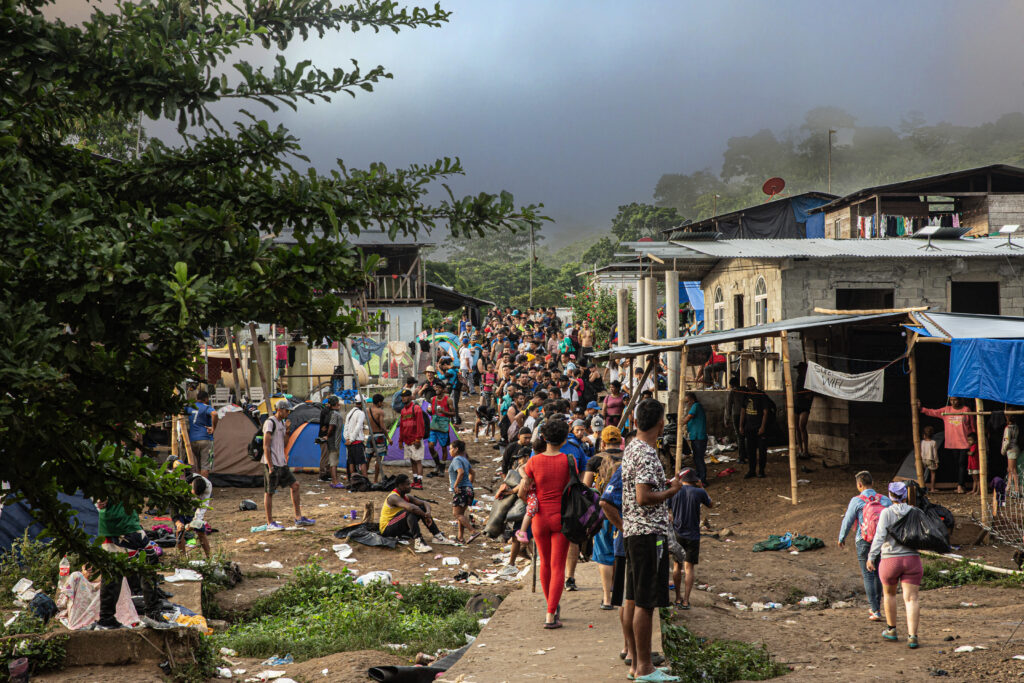
In June, we launched an emergency response in the province of Colón, through which migrants were passing on their sea journey from North America to South America. Following the U.S. change of administration in 2025 and the closure of the main asylum-seeking routes, many gave up waiting in Mexico. Others had lived in the U.S. for years but feared persecution by security forces. Some migrants, particularly people with tattoos, were terrified of being deported to El Salvador or other countries, due to similar cases involving people they knew, linked to the stigma that associates tattoos with gangs.
Many migrants in Colón could not afford to continue their journey and slept on the streets, close to the shore. They were at risk of sunburn and stomach illnesses due to a lack of drinking water.
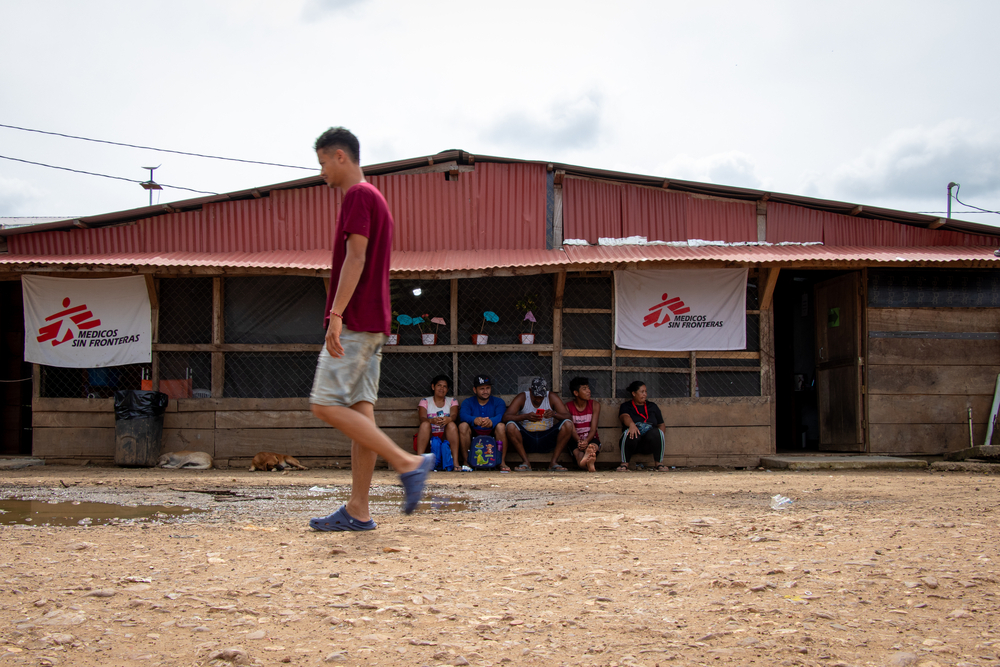
Most of the returning migrants I spoke to had either been kidnapped or had witnessed extreme violence in Mexico, Central America or when crossing the Darién Gap. However, they had normalized these experiences because their priority was to find somewhere to sleep and to obtain food and water. Although mental health consultations focused on post-traumatic stress and anxiety, it was challenging to provide mental health care when basic needs were not being met.
This is why we implemented a strategy to provide drinking water at the health post, as well as distributing hygiene kits containing toilet paper, sanitary pads, toothbrushes and soap, and mosquito nets.
By the time we concluded our activities in Colón in September, the flow had already decreased significantly, with no migrants arriving for several days. It is crucial that humanitarian organizations continue to monitor the situation. Even if the number of migrants decreases, we cannot forget people in Central America.
